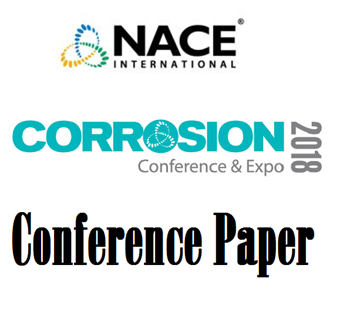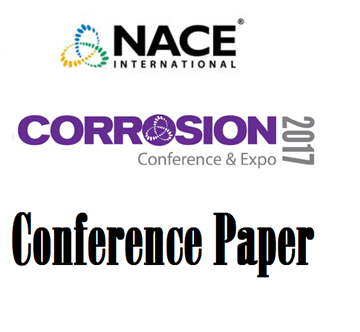Search
51318-11285- Minimizing HVAC Interference on Pipelines Through Transmission Line Design Optimization
Also Purchased
51318-11231-Effects of Seasonal Variation on AC Interference and Mitigation Design
Product Number:
51318-11231-SG
Publication Date:
2018
$20.00
51318-11659-Mitigating Pipeline AC Interference Using Numerical Modeling & Continuous AC Voltage Monitoring
Product Number:
51318-11659-SG
Publication Date:
2018
$20.00
AC Interference and Mitigation: Heartland Case Study
Product Number:
51317--9461-SG
ISBN:
9461 2017 CP
Publication Date:
2017
$20.00




